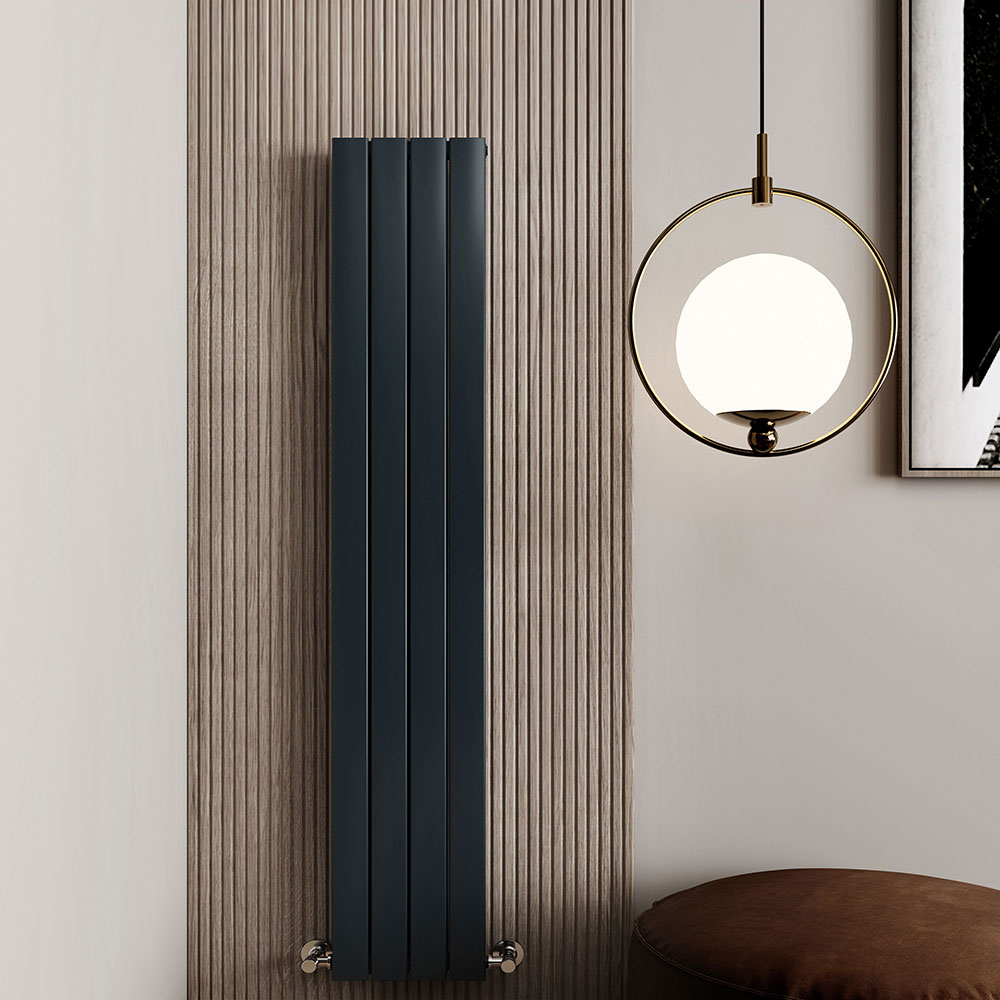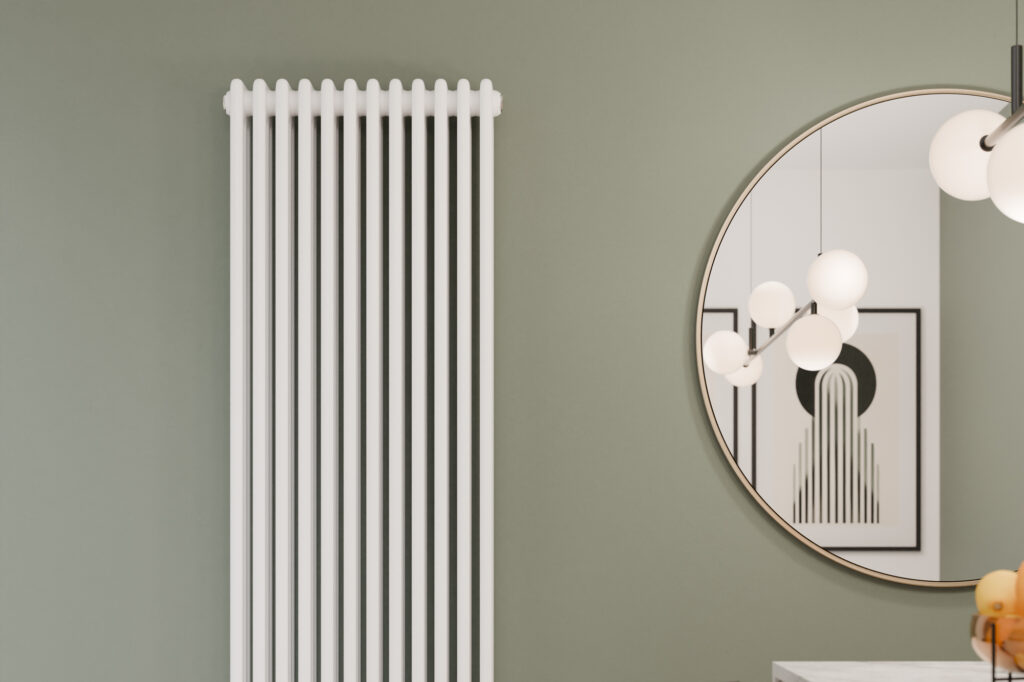1. The Application Location
The first thing that you need to consider is where you will be using the designer radiator. Will you install it in the bathroom, the bedroom, living room, kitchen or hallway? Each room will help determine the best radiator as far as heat output, style and size. Radiators come in a variety of shapes and sizes, so you are sure to find the perfect one for your room. There are so many radiators to choose from, including vertical and horizontal radiators, so you can rest assured that you will be able to find one to suit your needs.

2. Electric or Water Heated Radiators?
There are several things to consider when choosing between an electric and water heated radiator. For example, although electric radiators cost more to run and can experience electrical faults, they are typically easier to install than their water-based counterparts. Water heated radiators provide warm moist heat that helps to keep your home warm throughout and helps prevent hot and cold spots in your room.
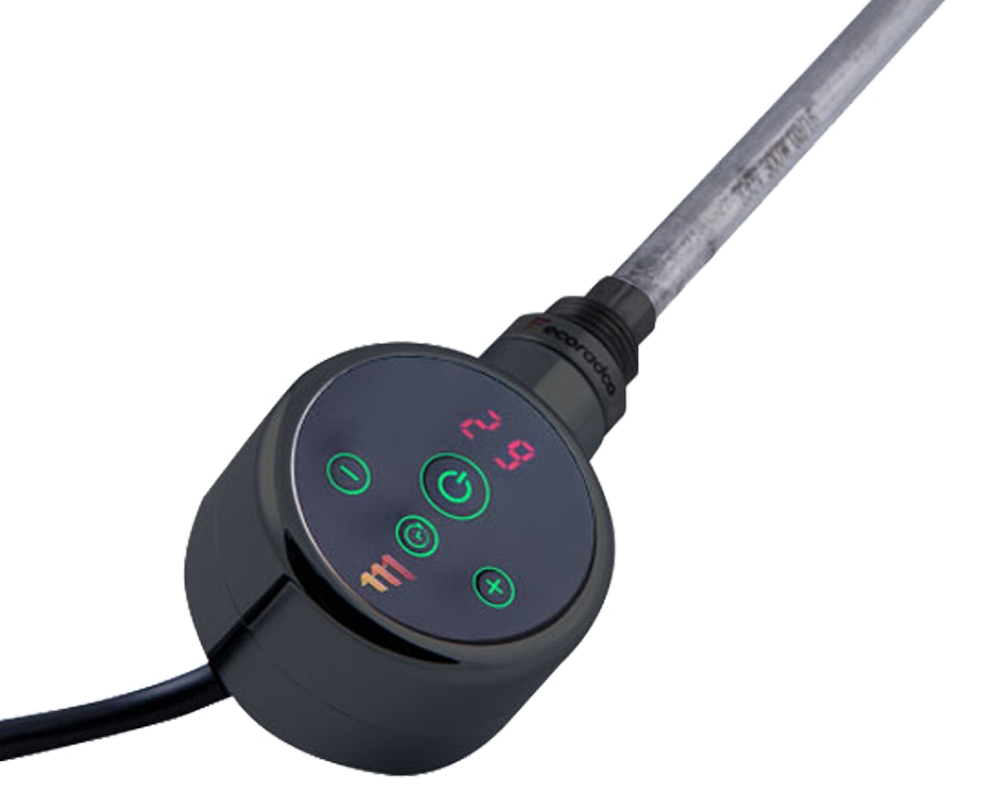
3. Space Saving Design
If your room is an irregular space or the space is limited, you can order made to measure radiators. If you are experiencing any size limitations, then a designer radiator may be your best choice.
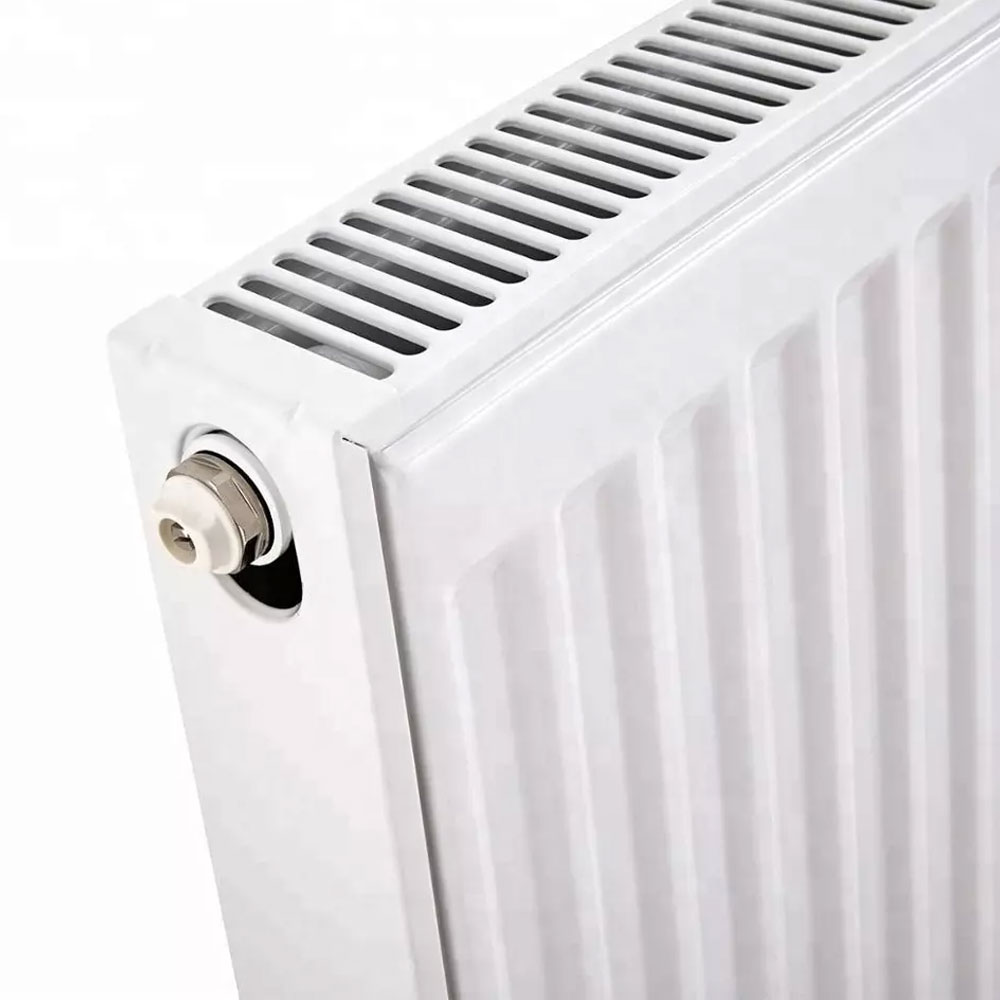
4. How big is Your Room?
The size of your room will determine whether you need more than one radiator. Take a look at how the room is currently heated and determine if a different configuration would work out better. Sometimes it is better to use two radiators on different walls. Other times it may be better to use only one radiator
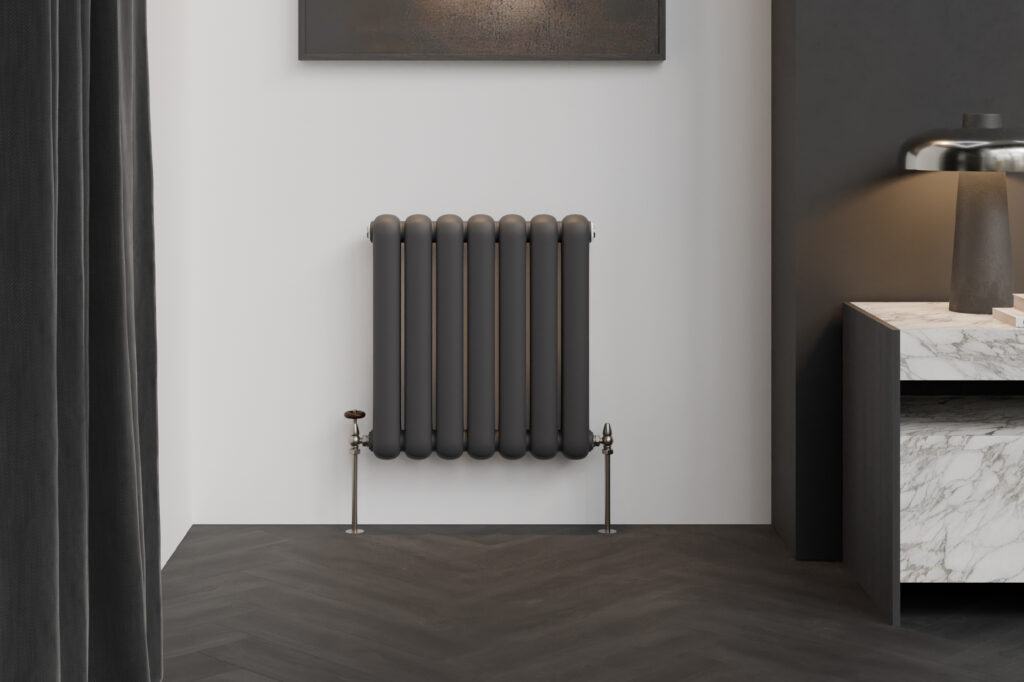
5. How Much Output Do You Need?
In order to determine the amount of BTU (British Thermal Units), you require, you will need to tell your provider how many walls and windows you have in the room. Another option is the Strebel calculator. You can find it here and calculate the number of BTUs needed for your room.
